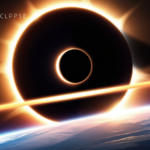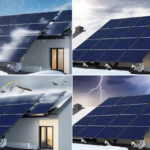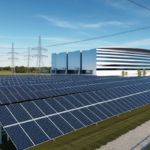Have you ever paused to wonder why the sky suddenly goes dark in the middle of the day during a solar eclipse? If you’ve witnessed one, you know it’s a jaw-dropping event. But behind the awe is a precise cosmic dance involving the Earth, Moon, and Sun. In this article, you’ll discover how solar eclipses happen, why they don’t occur every month, and what types of eclipses you might experience in your lifetime.
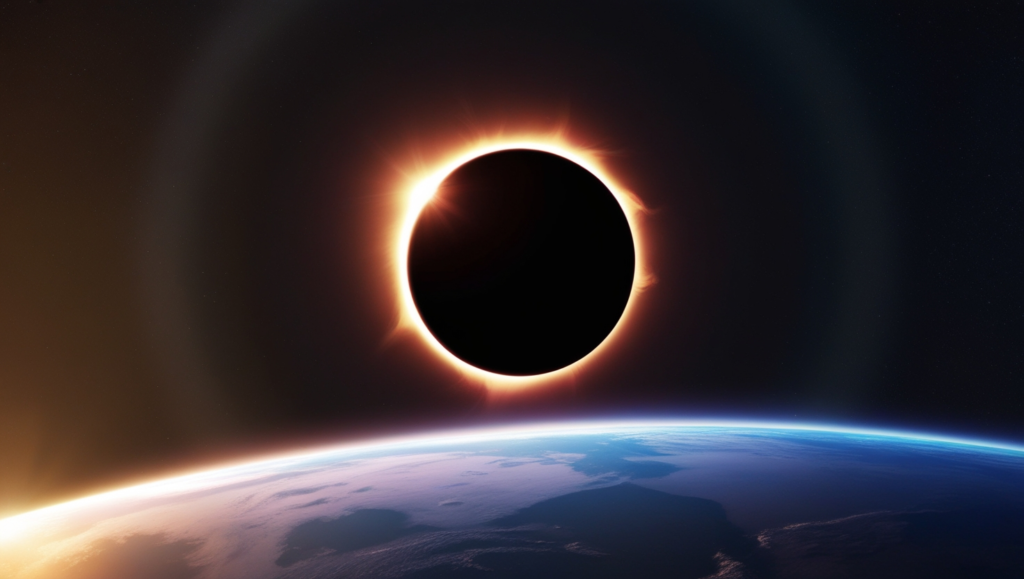
What Is a Solar Eclipse?
A solar eclipse happens when the Moon passes directly between the Earth and the Sun, casting a shadow on Earth. It’s not just darkness—it’s a powerful alignment of celestial bodies that’s been studied for centuries.
There are three main types of solar eclipses:
- Total Solar Eclipse: The Moon completely covers the Sun.
- Partial Solar Eclipse: Only part of the Sun is covered.
- Annular Solar Eclipse: The Moon covers the center of the Sun, leaving a “ring of fire” visible around the edges.
Why Don’t Solar Eclipses Happen Every Month?
It’s all about tilt and timing.
The Moon’s orbit is tilted about 5 degrees relative to Earth’s orbit around the Sun. Most of the time, the Moon passes slightly above or below the Sun as seen from Earth. Eclipses only happen when the Sun, Earth, and Moon align perfectly—what astronomers call syzygy.
These alignments occur about 2 to 5 times a year, depending on the geometry.
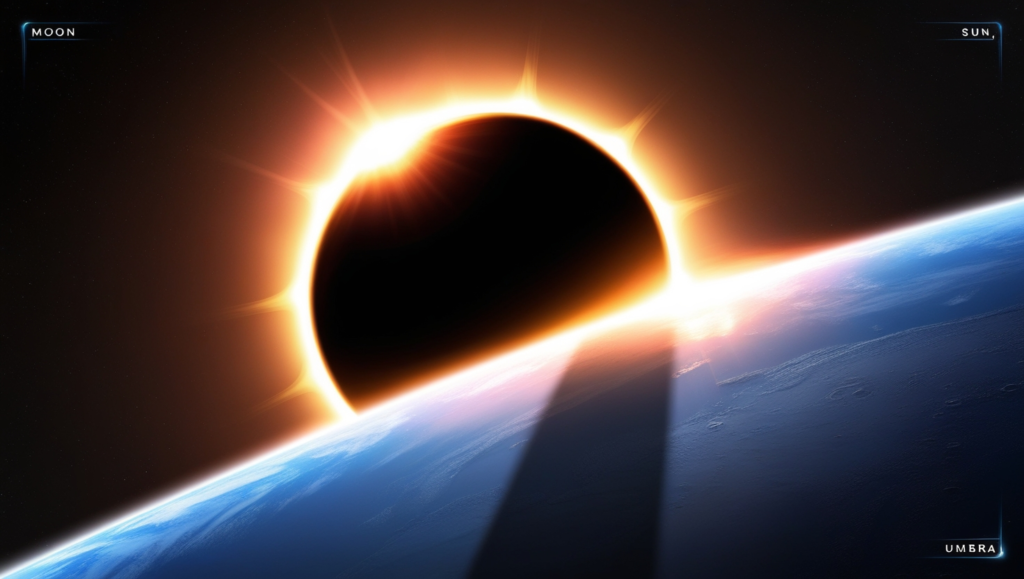
What Makes a Total Eclipse So Rare?
To see a total solar eclipse, you need to be in the Moon’s umbra—the darkest part of its shadow. That shadow is quite narrow, meaning total eclipses are visible only along a thin path on Earth. For most people, seeing one in their lifetime is a rare treat.
Fun Fact: Ancient Eclipse Predictions
Did you know that ancient civilizations could predict eclipses long before modern science?
- The Babylonians used eclipse cycles to forecast them with surprising accuracy.
- In ancient China, eclipses were seen as omens, and royal astronomers were held responsible for predicting them.
Today, you can check NASA’s eclipse database and find dates centuries into the future!
What Happens to Solar Power During an Eclipse?
If you rely on solar panels, you might wonder how an eclipse affects your energy output. During a total eclipse, solar energy production can drop drastically for a few minutes. Grid operators now prepare for this temporary dip by managing alternative energy sources.
How Can You Safely Watch a Solar Eclipse?
Never look directly at the Sun without protection. Here’s what you can use:
- Eclipse glasses (must meet ISO 12312-2 standards)
- Pinhole projectors
- Welding goggles rated at 14 or higher
Pro tip: Always plan ahead. Eclipse-viewing glasses often sell out weeks before major events.
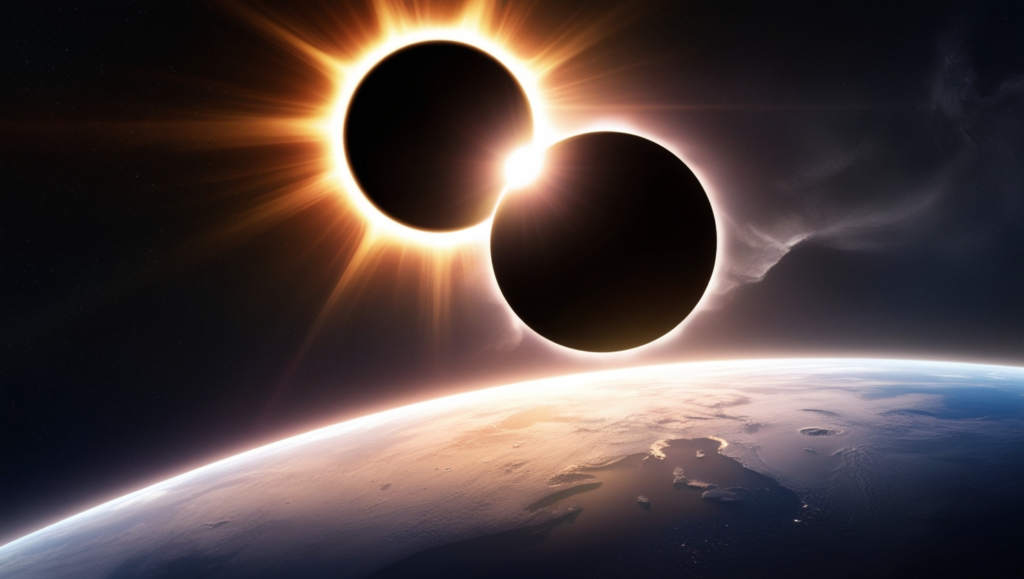
Mark Your Calendar: Upcoming Solar Eclipses
Here are some dates you might want to note:
- April 8, 2024 – Total Solar Eclipse visible in parts of the U.S. and Canada
- October 2, 2024 – Annular Eclipse in parts of South America
Each event offers a unique experience—partial dimming, rings of fire, or a full blackout of the Sun.
Final Thoughts
A solar eclipse is more than a sky show—it’s an opportunity to connect with the vast mechanics of our solar system. Now that you understand how solar eclipses happen, you can appreciate them on a whole new level.
Want to experience the next eclipse like a pro? Follow trusted astronomy websites, sign up for local viewing events, and stay tuned for more fascinating solar science here.
Stay Curious! Subscribe to our newsletter for upcoming eclipse guides, solar facts, and insights into the universe that powers your solar panels. Don’t miss the next shadow dance in the sky.

